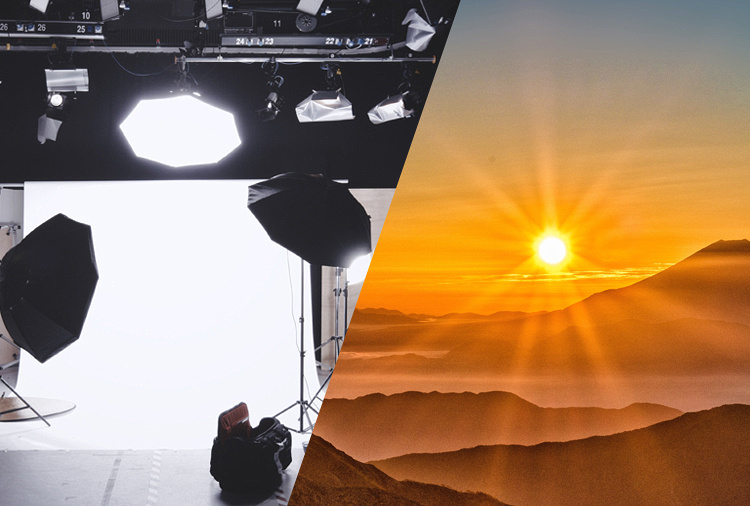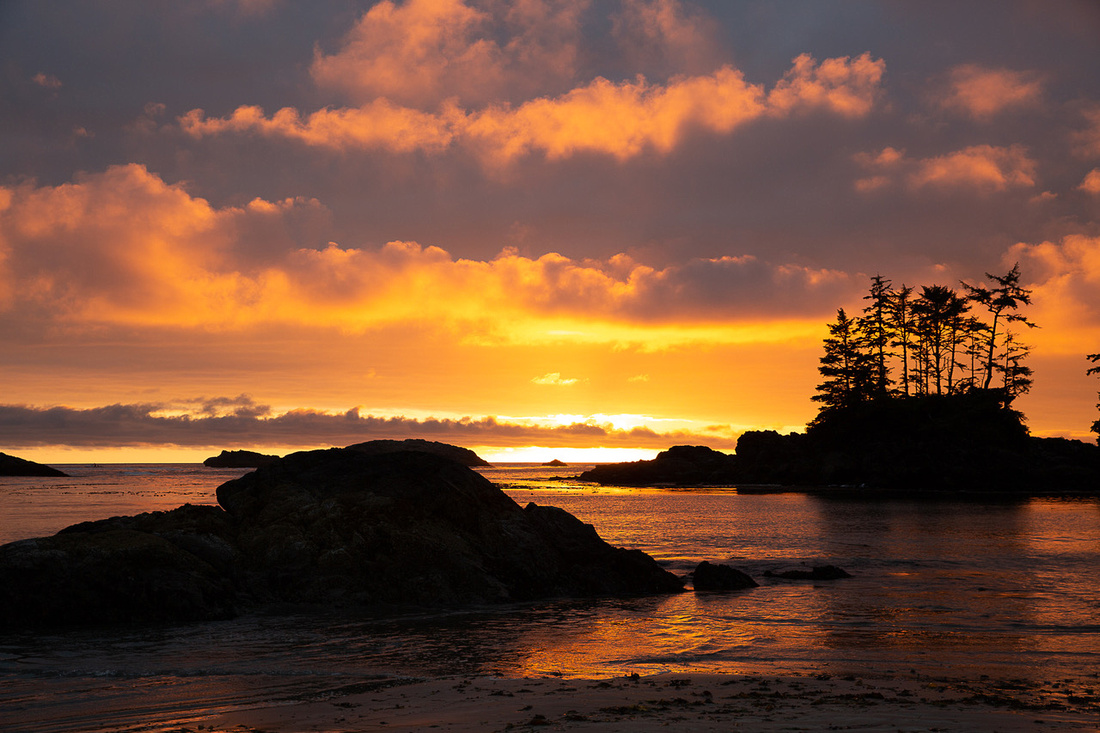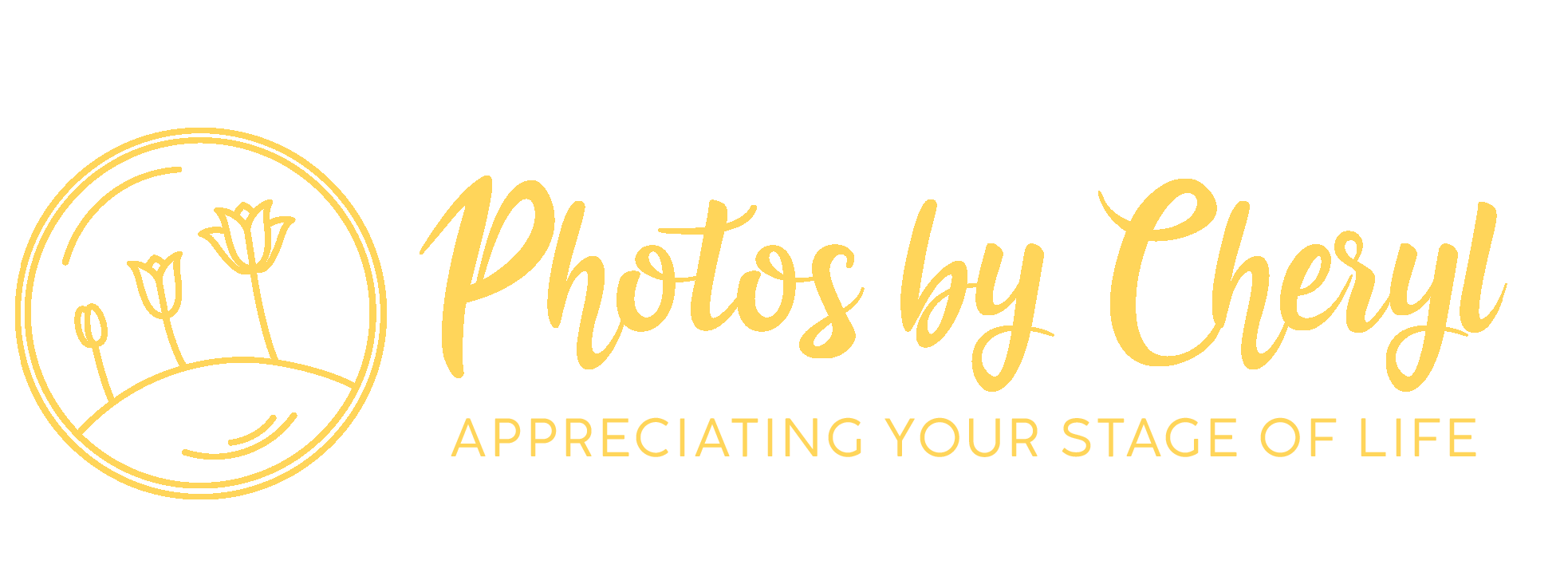
What to Know About Artificial Vs. Natural Light in Photography

When it comes to professional photography, I’ve established that lighting is important (if you need a refresher course feel free to check out my last post!). But is artificial light better than natural light? Or are there certain shots that require one light over another?
My answer is, it all really depends on the situation and setting of your photoshoot as to which lighting is better, as well as personal preference. As a professional photographer myself, the key to deciding on which lighting would work the best is by determining which is more appropriate and the benefits and drawbacks of each before each session.
Let's Get Back to Basics: What are Natural and Artificial Light?
Natural light is pretty straightforward: it’s the light that occurs naturally outdoors. It is harder to control this light since it’s greatly affected by the weather, time of day, water vapours in the air, and the location of your photoshoot. For any type of photography, natural light is more challenging to take photos in (but it’s so worth it at the right time!).
Artificial light refers to anything like electric lighting, flash and fluorescent lights—anything excluding natural light. It creates various types of colour heat signatures, such as halogen being blue and colder, whereas tungsten is hotter and gives off a reddish hue. There is greater control over artificial light during photo sessions, whether it’s the angle, intensity, distance, or hardness.
When Should You Use Each Light?
Despite artificial light being easier to control, it doesn’t mean I or all photographers can work with it straightaway. There are situations where artificial light is preferred, but not be available to every photographer all the time. This type of light also costs more to use and is used the most in commercial photography, product photography, fashion photography, headshots, and any in studio photoshoots.
Natural light is free, which makes it more available as a light source. It’s perfect for not needing to, wanting to, or no time to set up a heavily involved shoot. Natural light is most frequently used for documentary shots, street photography, landscapes, and any outdoor images.

Artificial and Natural Light Advantages
If you want to have the most control over how a photo looks, then artificial light will be your go-to especially when it comes to post-processing and controlling every aspect of your photographs. Artificial is constantly available any time of day or night, and you don’t have to plan around factors like the time of day and the weather. You can mimic sunlight or moonlight based on the specific type of artificial light you choose for shots, which can give the impression you worked with natural light without doing so.
Artificial light sources can be simple and inexpensive in addition to applying the more expensive, professional strobe lights. Some can be difficult to set up, while others are quite easy to use.
In addition to being free, natural light, for the most part, is abundant. All that’s needed is a camera and sunlight or moonlight. Reflectors and diffusers can help to bounce natural light off from the lens, and they’re inexpensive.
Artificial and Natural Light Disadvantages
Artificial light is a bigger investment in terms of money, time, and planning. Professional lighting sources not only require the lights, but also the equipment to hold them in place. This means cost-wise, your photo session is paying for more than one light, the equipment to hold them, and the place or studio in which the shoots will take place, all of which is a big commitment on its own.
Natural light’s biggest dilemma is how the sunlight varies with the season, location, time of day, and weather. This can result in unexpected contrasts and colours in your shots. When and where the shots are taken will determine the specific look you’re going for, and it may also mean having to adjust plans during sessions.
Knowing this may help you determine your own personal preferences for your upcoming photoshoot! If you have any questions involving lighting, or perhaps you want to know better how I take photographs for clients, feel free to contact me. Who knows, maybe we’ll end up clicking and come up with a photoshoot plan that works best for you!
Creative Commons Attribution: Permission is granted to repost this article in its entirety with credit to Photos by Cheryl and a clickable link back to this page.

